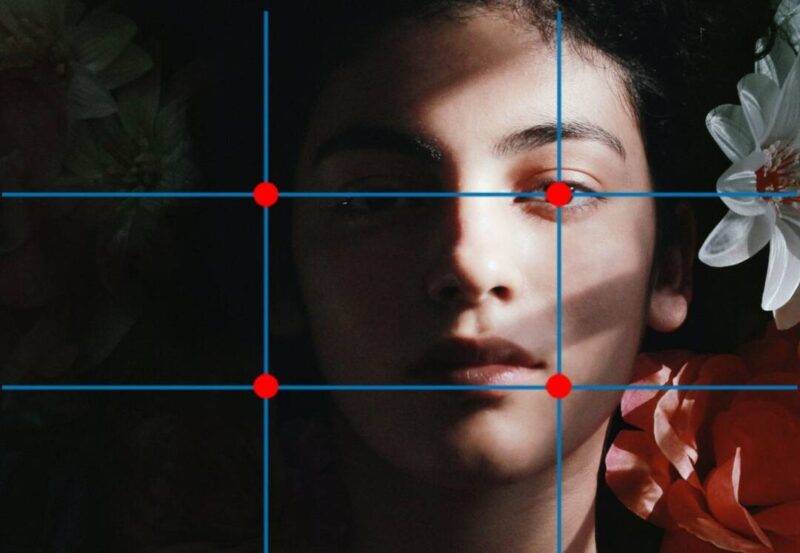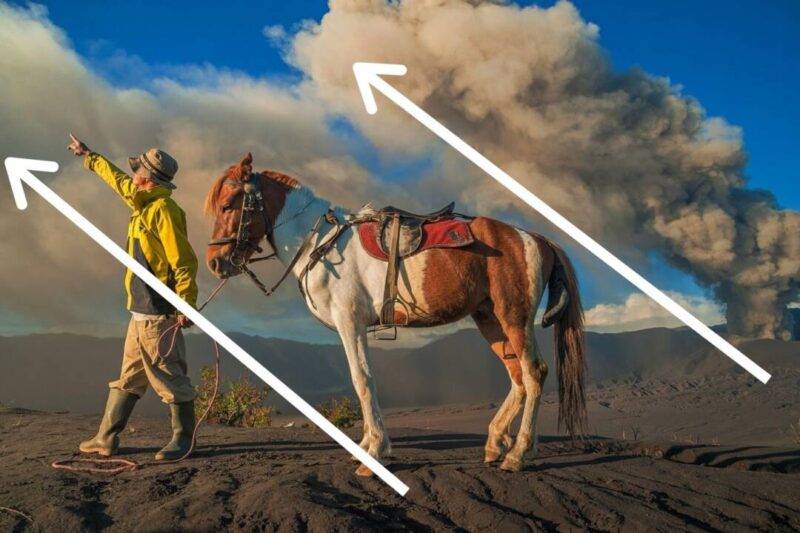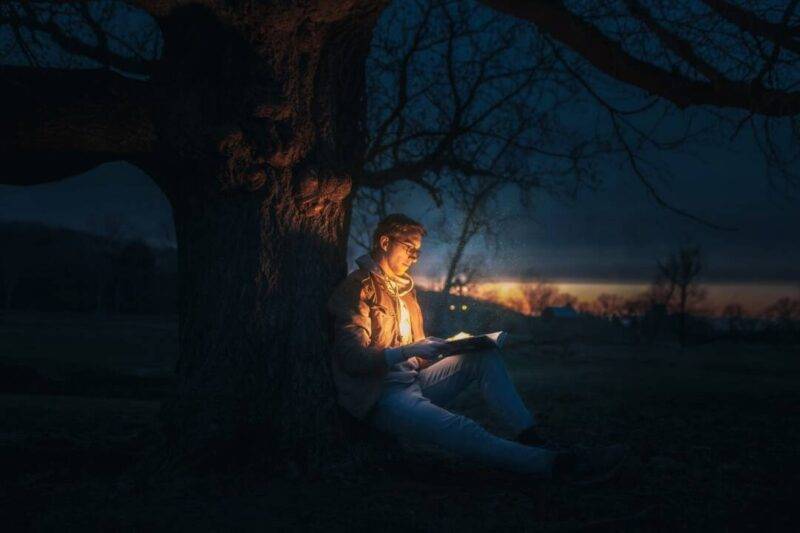Last Updated on October 7, 2021 by PixelPluck
Photography is the most popular form of Art. It allows everyone to present their visual imagination in form of a creative presentation. There are many guidelines to take better photographs. However, in photography rules are meant to be broken. There is no boundary to the creative imagination and visual taste of the photographer. In this article, you will find the 10 Amazing Rules of Photography that will help you compose better photographs. Use this guide as a reference and then work around to present your unique style.
Composition and Framing are the most important elements of photography. There are no fixed rules in photography, but there are guidelines that can often help you enhance your photos’ impact. Let us look at the most important, basic, and easy-to-follow rules.
The 10 Rules of Photography are:
1. RULE OF THIRDS
Rule of thirds is the most popular form of composition. It divides the image into three equal parts vertically and horizontally. Your image is divided into nine equal segments by two vertical and two horizontal lines. Position the most important elements in your screen along these lines, or at the position where they intersect. Doing so will add balance and a point of focused interest to your photo. Check the image below to understand how the ‘rule of thirds’ applies in a photograph.

2. BALANCING ELEMENTS
A photograph contains a lot of visual elements. These can be in the background or foreground. Placing your main subject off-center as with the rule of thirds creates a more interesting photo, but it can leave a void in the scene which can make it feel empty. Balance the ‘weight’ of your subject by including another object of lesser importance to fill the space. This creates harmony in the photograph and makes it more interesting. In the photograph below the background, smoke fills the otherwise space bringing a unique perspective. The angle of the rising smoke aligns with the direction of the hand.

3. LEADING LINES
The natural tendency of our eyes when looking at a photo is to follow lines. By thinking about how your lines align in your composition, you can affect the way we view the image, pulling us into the picture, towards the subject, or on a journey through the scene. Usually, stairs, railway tracks, power grid lines, etc offer good leading lines while composing an image. The leading lines need not be a physical subject. It can be an arrangement of things in a defined pattern. Leading lines are one of the most popular rules of popular photography.

4. VIEWPOINT
A photograph is the eye of the photographer. The viewpoint has an extensive impact on the composition of our photo, and as a result, it can greatly affect the message that the shot conveys. Rather than just shooting from eye level, consider photographing from high above, down at ground level, from the side, from the back, from a long way away, from very close up, and so on. The viewpoint brings in a unique perspective that is usually unseen. It adds creative dimensions to the photograph. One important example of viewpoint is how ‘drone photography’ has changed the landscape photography genre.

5. BACKGROUND
The eyes can notice what cameras can not. The human eye is wonderful at distinguishing different elements in a scene, whereas a camera has a tendency to flatten the foreground and background and this can often ruin the otherwise great photo. Thankfully this problem is easy to overcome at the time of the shooting. Look around for a plain and unobtrusive background and compose your shot to distract or detract from the subject. You can add a vignette to avoid the distractions near the border of the image. The best rule is to use a prime lens which throws the background out of focus.

6. SYMMETRY & PATTERNS
Any repeating pattern of visual importance creates a unique visual element in photography. We are surrounded by symmetry and patterns, both natural and man-made. They can make for truly eye-catching compositions, particularly in situations where they are not expected. Another great way to use them is to break this symmetry or pattern in some way, introducing tension and focal point to a scene with a distributed pattern.

7. DEPTH
Depth in photography refers to the focal expanse. In Photography, Depth can be created by including objects in the foreground, middle, and background. Another useful composition technique is overlapping, where you deliberately partially obscure one object with another. The human eye naturally recognizes these layers and mentally separates them, creating an image with more depth. The rule of depth in photography is particularly useful in landscape photography.

8. FRAMING
Framing is usually done after getting the photo printed. As a rule of photography, you must frame the photograph visually inside the camera itself. The surroundings are full of objects which make ideal natural frames, such as trees, archways, and holes. By placing these around the edge of the composition you help to isolate the main subject from the outside world. The result is a more focused image that draws your eye naturally to the main point of interest. Framing helps eliminate the otherwise blank parts of a photograph.

9. CROPPING
Cropping is done to bring in the desired ratio in the photograph. It is a clever photography rule. By cropping tight around the subject, you eliminate the background noise, ensuring the subject you eliminate gets the viewer’s attention undivided. It is also useful when you need a certain ratio to get prints of photographs or recompose the image. Cropping changes the ratio leading to a new visual composition.

10. EXPERIMENTATION
The more you experiment with the rules of photography, the more creative you will become. With the dawn of the digital age in photography, we no longer have to worry about film processing costs or running out of shots. Now everyone carries a smartphone with a decent camera and takes a lot of photographs. As a result, experimenting with our photos’ composition has become a real possibility; we can fire off tons of shots and delete the unwanted ones later at absolutely no extra cost. Take advantage of this fact and experiment with composition and creativity. There is no way of knowing whether an idea will work unless you try it.

Photography is a creative art and the only limit is your imagination. Follow the guiding principles to create strong and impactful photographs. The rules of photography will help you with direction. Follow your path once you understand the 10 amazing rules of photography.
very well written and explained in brief
good ideas